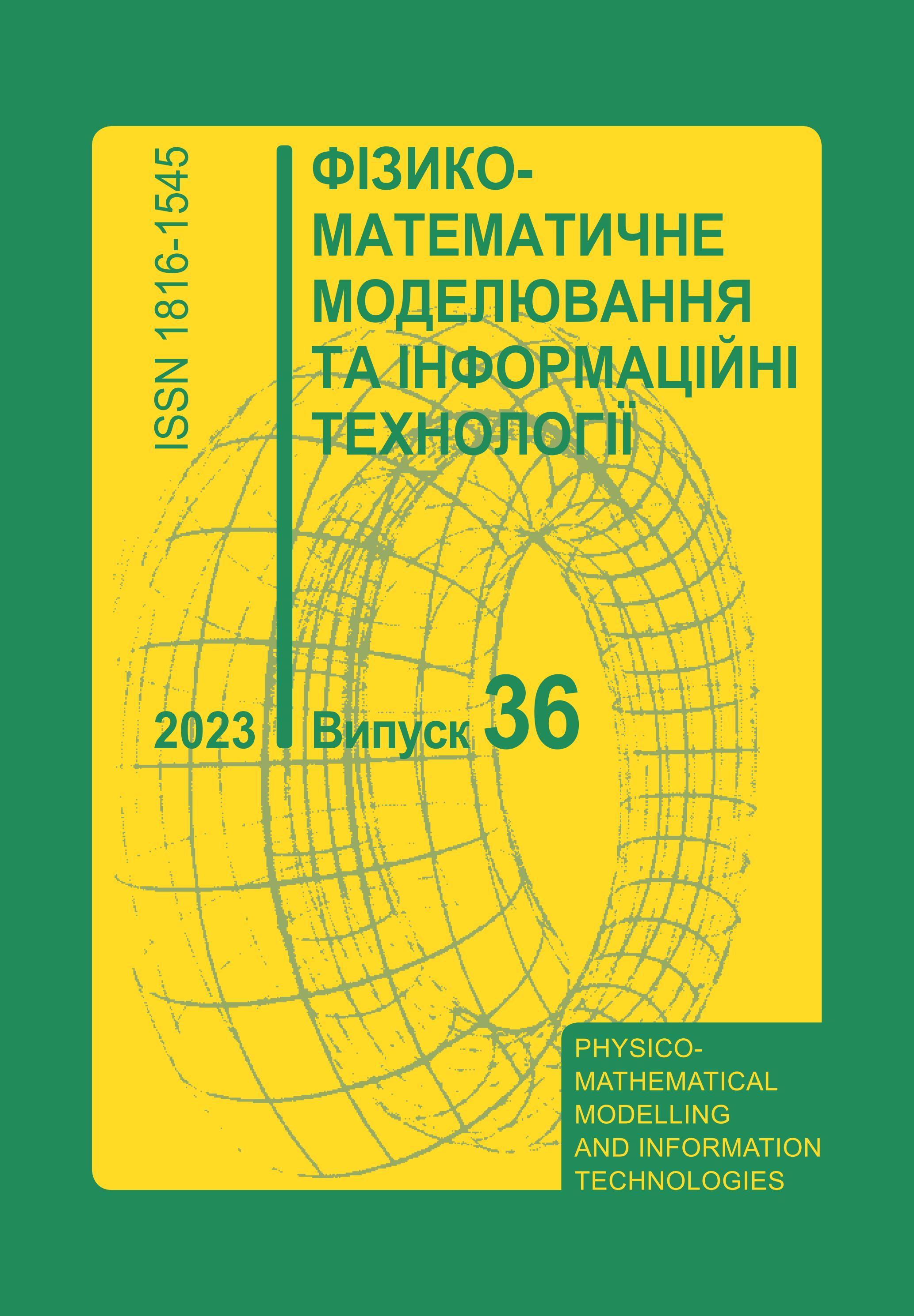Метод автоматичної класифікації модуляції на основі лінійної регресії та вибору ознак
Анотація
У статті розглядається задача автоматичної класифікації модуляції, тобто сліпого визначення типу модуляції невідомого сигналу перед відновленням його інформаційного контенту. Це питання є особливо важливим в умовах обмеженої смуги пропускання каналів зв'язку, особливо коли два або більше сигналів займають однакову смугу частот. Запропонований метод використовує лінійну логістичну регресію на основі ознак, розрахованих через кумулянти вищих порядків для прийнятого сигналу. Запропоновано процедуру вибору інформативних ознак на основі абсолютних значень коефіцієнтів регресії. Результати моделювання для класифікації композитних сигналів BPSK/QPSK з різними параметрами каналу та рівнями шуму показують перевагу запропонованого підходу зі зменшеним набором ознак над застосуванням лінійної регресії на основі нормального рівняння.
Посилання
Huynh-The Th. et al. Automatic Modulation Classification: A Deep Architecture Survey. —IEEE Access, 2021. — 51, P. 142950–142971.
Abdelmutalab A., Assaleh Kh., El-Tarhuni M. Automatic Modulation Classification Based on High Order Cumulants and Hierarchical Polynomial Classifiers. — Physical communication, 2016. — 21, P. 10–18.
Semenov V., Omelchenko P., Kruhlyk O. Method for the detection of mixed QPSK signals based on the calculation of fourth order cumulants. — Signal and Image Processing, 2019. — 10. — P. 11-20.
Cramer, J. S. The origins of logistic regression. — Tinbergen Institute, 2022. — P. 167–178.
Shalev-Shwartz Sh., Ben-David Sh. Understanding machine learning. From theory to algorithms. — Cambridge University Press, 2014.
Авторське право (c) 2023 Vasyl Semenov (Автор)

Ця робота ліцензується відповідно до Creative Commons Attribution 4.0 International License.




